12 Ways People Layer Wrong in the Fall
When fall weather shifts from cool mornings to warmer afternoons, getting dressed can feel tricky. Many people end up piling on clothes in ways that make them uncomfortable or impractical. Simple mistakes like picking the wrong fabrics or skipping a middle layer can leave you either shivering or sweating. Knowing what to avoid makes it easier to stay comfortable and stylish through the season.
This post may contain affiliate links, which helps keep this content free. Please read our disclosure for more info.
Wearing Too Many Thick Layers

Stacking bulky sweaters under heavy coats might feel safe, but it often leads to overheating as soon as you step indoors. Once you shed the coat, you are left with heavy clothing that feels suffocating. Thick layers also restrict movement, making simple tasks like driving or carrying bags uncomfortable.
Instead of piling on, focus on mixing thinner pieces that trap warmth without the bulk. Wool blends, fleece, or light quilted fabrics work well when layered smartly. By choosing breathable items, you stay comfortable moving from chilly streets into warm rooms. This way, your outfit adapts naturally to different settings.
Ignoring Base Layers
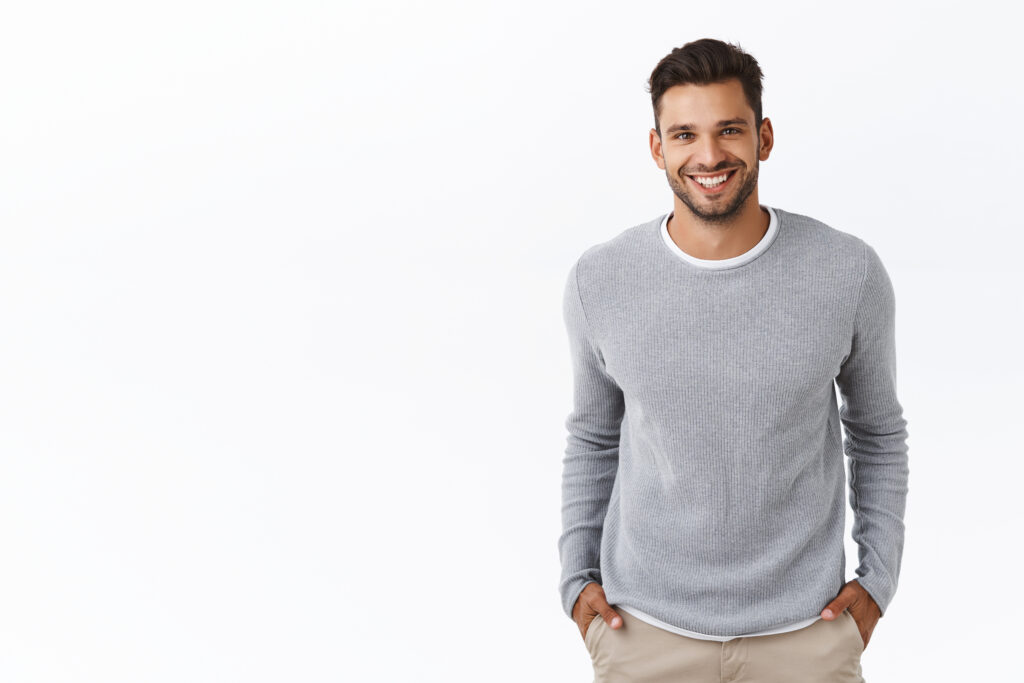
Skipping a base layer leaves you with fewer options to regulate temperature. A sweater on bare skin can feel itchy, and without a light layer underneath, you cannot shed or add pieces as the day shifts. This often results in sweating during mild afternoons or freezing once the sun sets.
A simple T-shirt or thermal top makes a big difference. It gives you the freedom to peel off heavier layers without feeling underdressed. Having that foundation also helps extend the life of sweaters by reducing direct contact with skin. It is a small step that adds comfort and practicality.
Using Cotton as the Base Layer
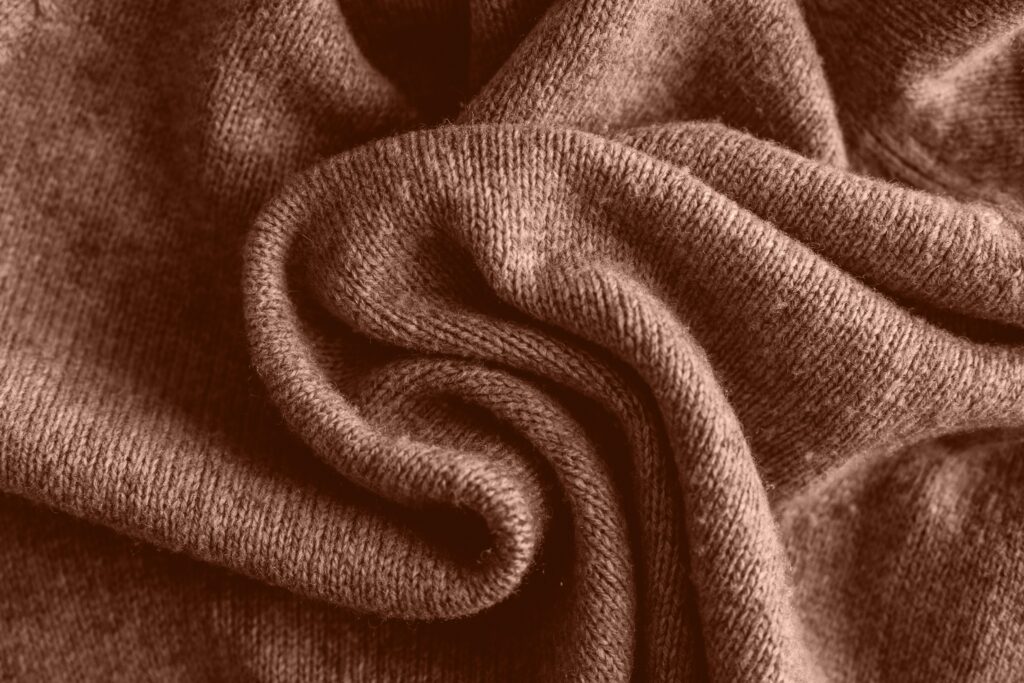
Cotton may feel soft at first, but once it gets damp it stays wet. Sweat trapped in cotton keeps you chilled, especially when wind picks up. Many fall outings turn unpleasant because people choose cotton shirts as their first layer.
Opting for synthetic or wool blends solves this problem. These fabrics wick moisture away from the skin, helping you stay dry and warm. They also dry quicker if you get caught in rain or mist. Choosing the right material for the first layer sets the tone for the whole outfit.
Forgetting Mid-Layers
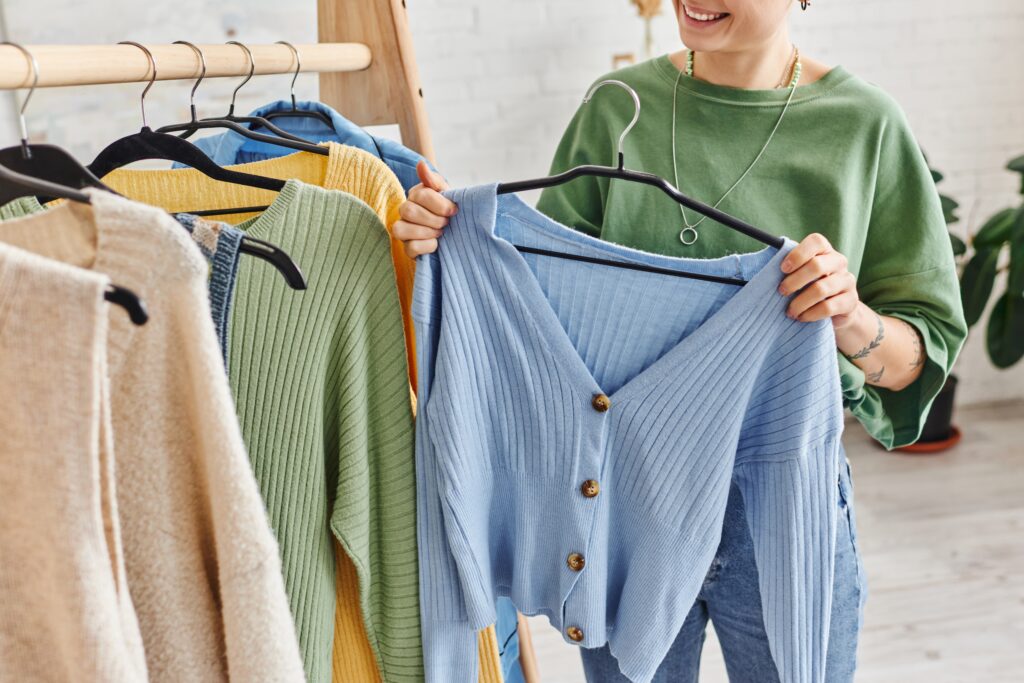
Going straight from a thin shirt to a heavy coat creates a gap in your layering system. Without a mid-layer, you have no buffer against changing temperatures. This often forces you to keep the coat on longer than needed, which quickly becomes uncomfortable.
Adding a cardigan, fleece, or light jacket bridges this gap. These pieces act as insulation while still being easy to remove. A mid-layer also lets you extend the life of lighter coats later into the season. With this step in place, your outfit adapts better to both warm and cool parts of the day.
Sticking to Just One Jacket
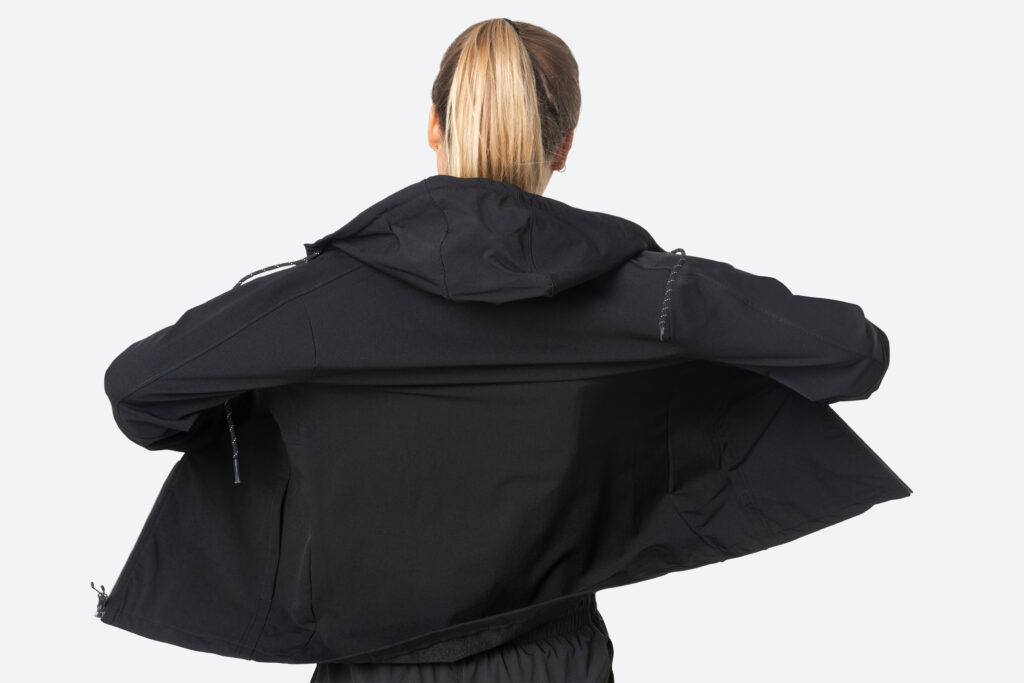
Relying on the same heavy coat for every outing leaves you unprepared for mild days. Wearing it too early in the season can make you overheat, and on warmer afternoons you might regret leaving the house. Comfort often suffers because the jacket is mismatched with the weather.
It helps to keep a few options ready. A lighter windbreaker, a denim jacket, or a vest gives you choices that fit the day’s conditions. By switching jackets, you save your heavier coat for when the real chill sets in. It also makes your outfits look more intentional and season-appropriate.
Not Balancing Proportions
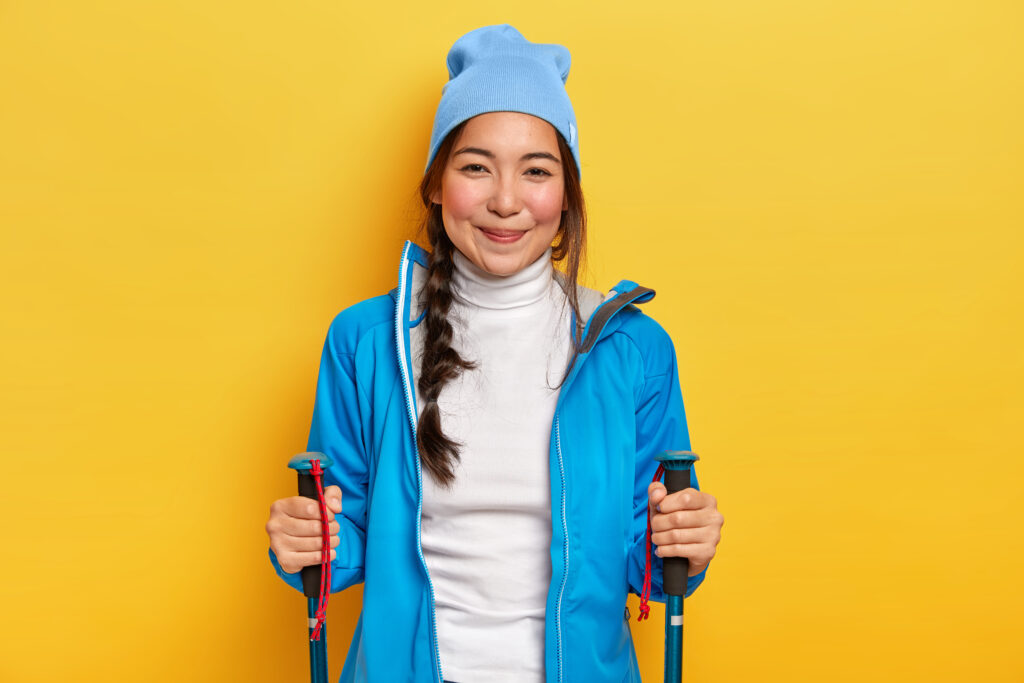
Combining oversized sweaters with bulky coats creates a stacked silhouette that feels heavy. Movement becomes stiff, and the outfit looks weighed down. Many people make this mistake trying to stay warm without considering balance.
Mixing slim and loose pieces gives you warmth without the bulk. Pairing a fitted turtleneck with a roomy jacket or a chunky sweater under a tailored coat feels comfortable and looks polished. Proportion is about blending shapes so that layers feel wearable all day. When done right, the outfit moves with you instead of working against you.
Overlooking Breathable Fabrics
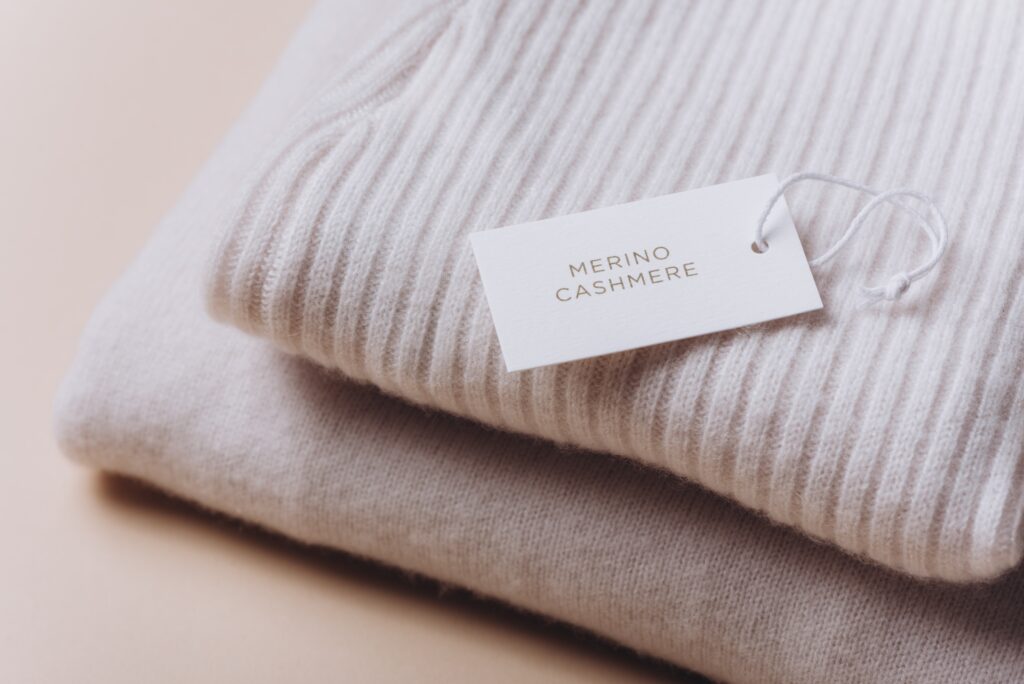
Synthetic fabrics without ventilation trap heat and moisture. Once sweat builds up, the body cools too fast, leaving you chilled. This mistake often shows up with cheap polyester blends that feel warm at first but uncomfortable later.
Choosing breathable fabrics like merino wool or tech blends helps the body regulate naturally. These materials let air flow while still holding warmth where needed. They also reduce the clammy feeling that comes with overheating. Breathability is a small detail that makes a big difference in comfort.
Wearing Summer Shoes Without Socks
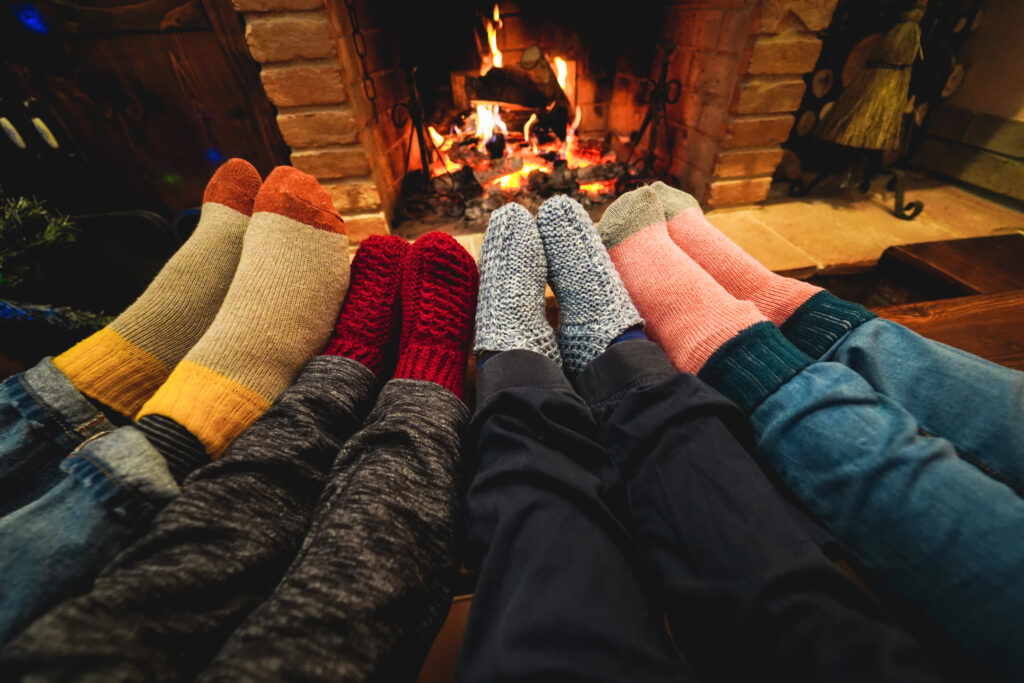
Exposed ankles in cool air might seem stylish, but they quickly become a source of discomfort. Cold feet affect the whole body, making you feel chilled even with layers up top. Fall weather can shift fast, and light slip-ons or sneakers without socks leave you underdressed.
A better choice is to pair shoes with warm socks, even thin wool ones. This adds insulation while still fitting inside casual footwear. Boots or lined sneakers also provide both warmth and protection against damp sidewalks. Paying attention to footwear layers keeps the entire outfit practical.
Forgetting Accessories Like Scarves or Hats

Leaving out scarves, hats, or gloves strips away small but effective layers. These items hold heat in areas where the body loses it fastest. Without them, you might end up wearing heavier clothing to make up for the chill.
Accessories are easy to carry and easy to add when the temperature drops. A scarf can be stuffed into a bag until evening falls, and a hat takes up almost no space. These pieces give flexibility without weighing you down. They are the finishing touches that often make the biggest difference in fall layering.
Over-Relying on Hoodies
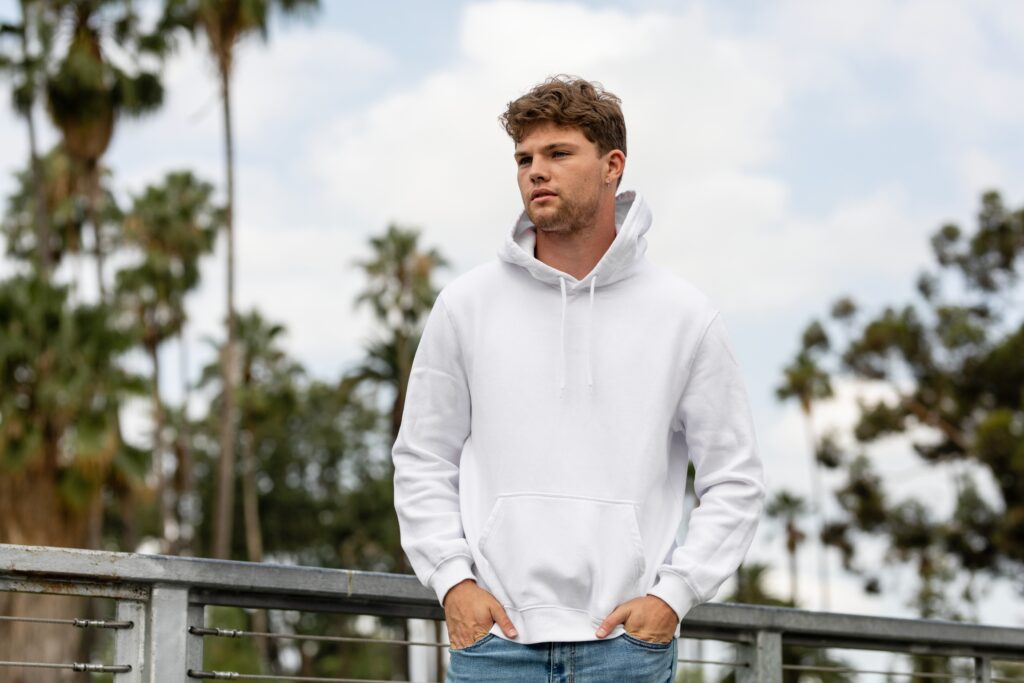
Hoodies are comfortable, but using them as the only outer layer limits your options. They are rarely windproof, and once wet they stay damp for hours. People often wear them as a coat replacement when they don’t quite work for that role.
Layering a hoodie under a proper jacket or vest adds function. It gives warmth while the outer piece blocks wind and rain. This combination also extends the life of a hoodie, keeping it from wearing out quickly. Hoodies have a place, but they work best when used with other layers.
Layering Too Dark and Heavy Too Early
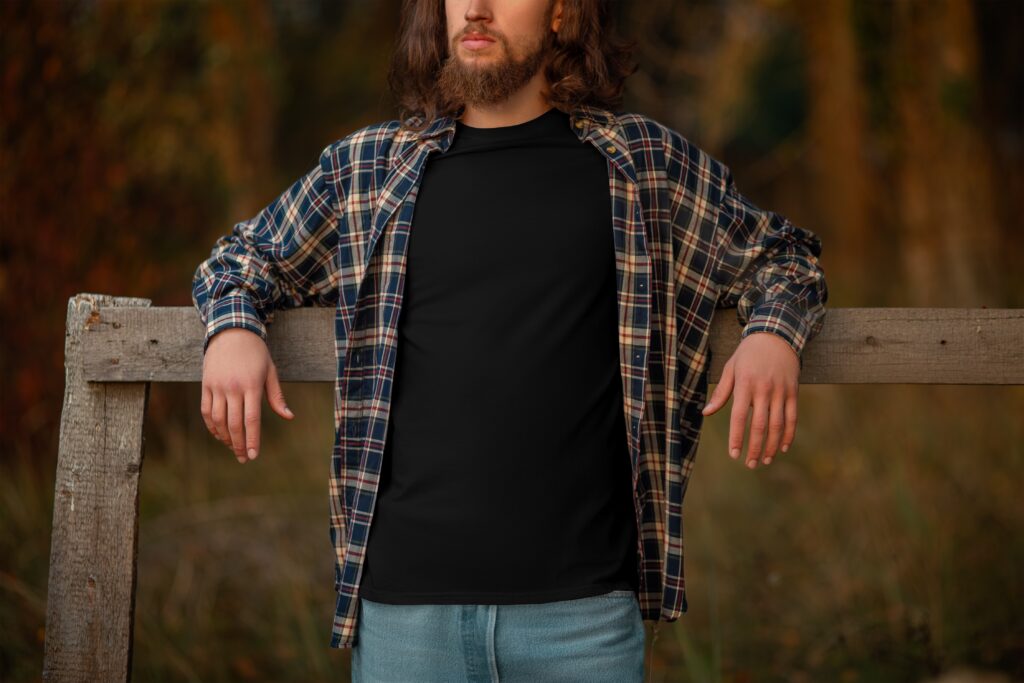
Jumping into deep winter tones and heavy fabrics too soon makes outfits feel mismatched with the season. Early fall often has sunny afternoons that don’t call for heavy coats or thick knits. Wearing them too early leads to sweating and discomfort.
Lighter fabrics in seasonal colors give a better balance. Corduroy, flannel, or quilted vests add warmth without the full winter look. Saving heavier items for later in the season keeps you comfortable and more in step with the weather. Timing is key when planning fall layers.
Skipping Versatile Items Like Vests or Light Jackets
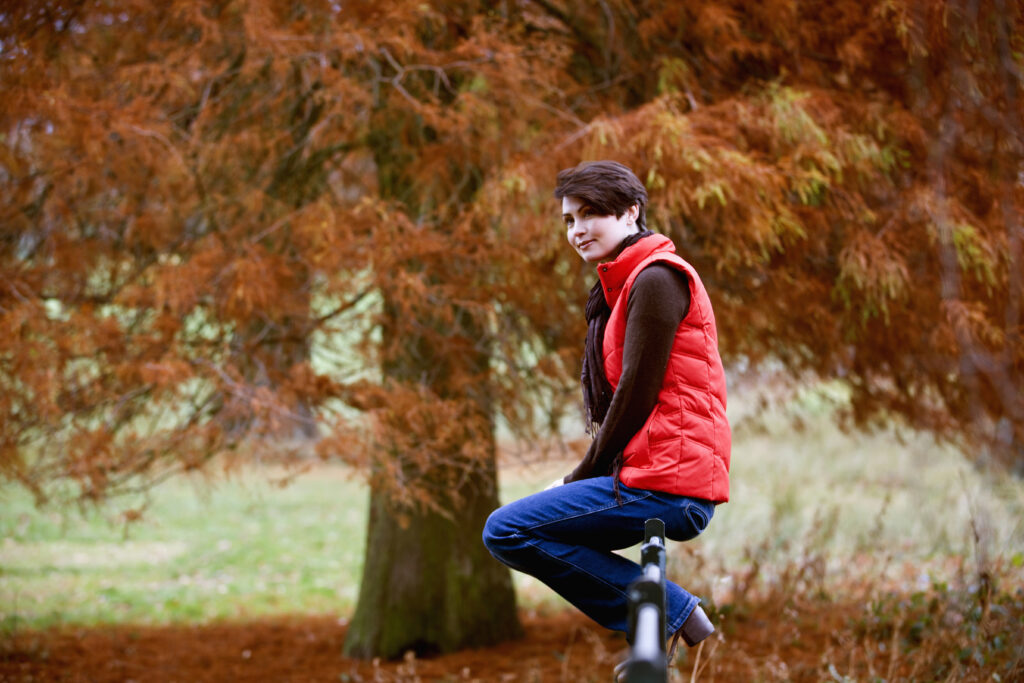
People often forget about in-between layers like vests, quilted jackets, or light puffers. Relying only on sweaters and coats makes layering less adaptable. These overlooked pieces add warmth without restricting movement.
A vest over a sweater, for example, keeps your core warm while arms stay free. A light jacket bridges the gap between shirts and full coats. Adding these versatile items gives your wardrobe more flexibility in fall. They are the missing link that makes layering easier and more comfortable.
This article originally appeared on Avocadu.
